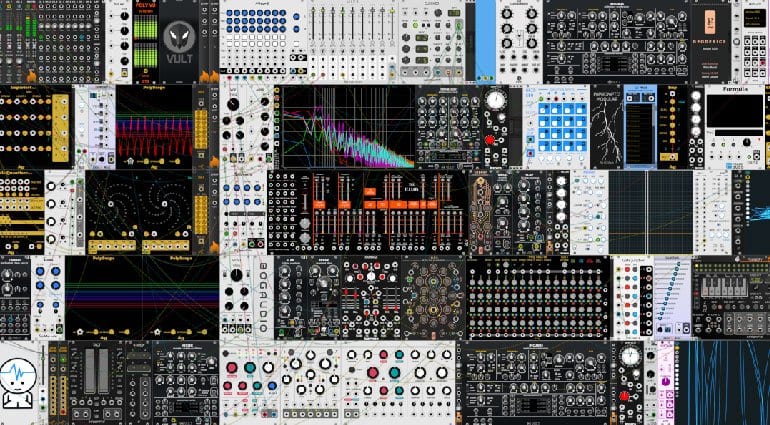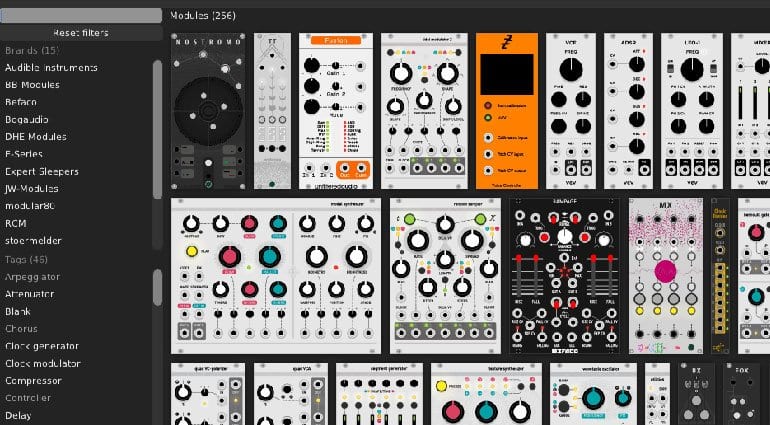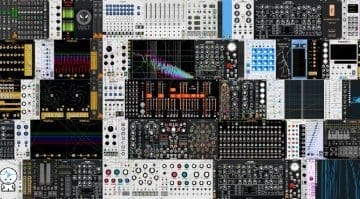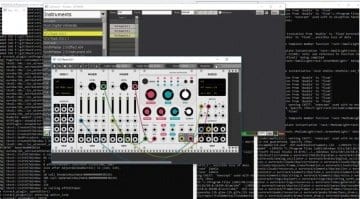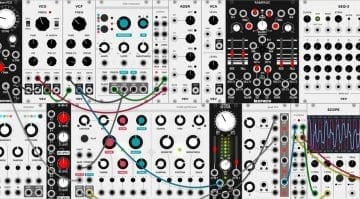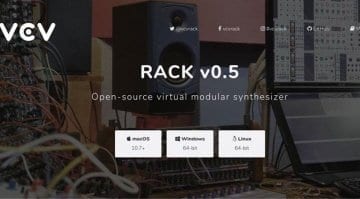VCV Rack the ultimate virtual Eurorack arrives at version 1.0
Good grief it feels like it’s taken an age to get here but the day has finally arrived when VCV Rack drags itself out of beta and becomes an officially released piece of software. VCV Rack 1.0 is here!
VCV Rack 1.0
I first wrote about it in September 2017 when it was version 0.3 and version 1.0 was promised to be released before Christmas. Well, things didn’t quite work out that way and that’s probably for the best because since then it’s grown and evolved into a much better place and gathered a furiously loyal user base along the way. The amount of modules now available for it is immense including support from a growing number of hardware manufacturers. A great deal of work has gone into improving the audio engine, the MIDI implementation, the multi-core performance and the way different plug-in modules are handled. It’s still very much a Eurorack experience where you have to patch things together yourself but version 1.0 promises to make it as painless and fun as possible.
Version 1.0 highlights
- Polyphony: Modules being able to generate up to 16 voices of polyphony wasn’t difficult but it required a different approach when it came to patching. Cables will now automatically turn polyphonic when requested by MIDI modules and sequencers letting you connect polyphonic modules and signal chains together without having to patch 16 individual cables.
- MIDI Output: You can now send MIDI out from modules to control external MIDI hardware. Modules include CV-to-Gate, CV-to-MIDI and CV-to-CC.
- MIDI Mapping: Everything can now be mapped to external MIDI controllers using the MIDI-MAP module.
- Module Browser: The Module Browser lets you view your entire collection and drop them straight into your rack.
- Multi-Core engine: Many of the performance issues have been addressed through better addressing of multiple CPU threads and how the polyphonic engine has been accelerated on many modules.
There are loads of other improvements and features that turn it into a proper piece of software like tooltips, undo/redo, templates, autosave and the updating of individual plugins.
The one thing that’s not been properly addressed yet is the DAW compatibility and integration. VCV Rack is a standalone application and so doesn’t automatically play nice with others. So far they released VCV Rack Bridge which worked a bit like Rewire to pull audio and MIDI between VCV Rack and your DAW. However, the Bridge is not a completely satisfactory solution and so is being depreciated and should be removed entirely by version 2. The plan is to develop a proper 64-bit VST2 plug-in version for when VCV Rack 2.0 arrives. This will be made available for around $99 whereas the standalone version will continue to be free. And that’s very important – VCV Rack 1.0 is completely free and comes with loads of free modules. Some third-party modules will cost you a few dollars.
VCV Rack is an extraordinary piece of open source programming and it’s been fascinating watching it grow and develop over the past two years. If you’ve found it a bit daunting well now is the time to give it another go because it has really come together as an application and there’s a default template of a simple patch that makes a noise straight away. The only problem is the very real possibility of being overwhelmed by the sheer number of modules available to you.
Available now for Windows, MacOS and Linux.
More information
- Go and download it from their website.
Video
You are currently viewing a placeholder content from YouTube. To access the actual content, click the button below. Please note that doing so will share data with third-party providers.

